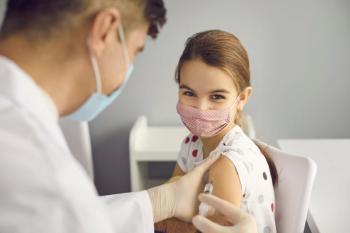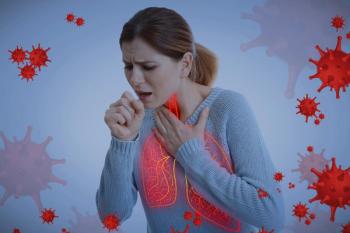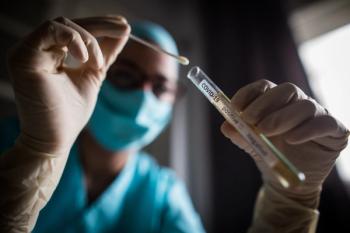
COVID-19 Hospital Admissions Could be More Accurately Predicted With Wastewater Data
A new study found that models that included wastewater data were 15% more accurate when compared to models that only included clinical case data.
Analyzing wastewater for SARS-CoV-2 RNA fragments could help more accurately predict future hospitalizations from the disease and allow health systems time to prepare for seasonal surges, according to new research published in the journal Infectious Disease Modelling.1
The COVID-19 pandemic, which has experienced ebbs and flows since it first began, has shown how important it is for hospitals to be prepared for a potential influx of patients. This is why it’s imperative to have forecasting methodologies that can provide advanced warning of potential surges in COVID-19 cases.
“Predicting future hospitalizations using wastewater data helps get our public health partners in front of surges before they happen so they are prepared when new patients need to be admitted and can distribute resources accordingly,” Dustin Hill, lead researcher on the study, said in a release.2
Investigators from Syracuse University conducted a study where they developed and tested a predictive model for incident COVID-19 hospital admissions using wastewater data. Data was collected from 109 wastewater treatment plants across 56 counties in New York State from April 2020 through June 2022.
The researchers included different covariates in the study, such as COVID-19 vaccine coverage in the county, comorbidities, demographic variables, and holiday gatherings. Wastewater samples were collected using 24-hour composite sampling, which were shipping to regional laboratories for extraction and quantification of SARS-CoV-2 virus.
Investigators found that SARS-CoV-2 RNA fragment concentrations in the wastewater correlated with new hospital admission per 100000 up to 10 days prior to admission. Models that included wastewater data were 15% more accurate when compared to models that only included clinical case data.
Additionally, predicted hospital admissions correlated highly with observed admissions, with an average difference of 0.013 hospitalizations per 100000.
Study limitations include that where someone contracted COVID-19 may not align with where they are hospitalized, that certain covariates were not available at the sewershed level, and that between-lab variance might be masking some correlations and effects that are stronger with single-lab analyses.
“Our findings indicate that wastewater surveillance improves prediction models for hospitalizations by 11 percent over models that use case data at the county level and by 15 percent for regional hospitalization estimates,” said Hill.2 “When looking at how many beds a hospital has available, those percentages can make a big difference in whether that hospital is going to have space for new patients or not, and this data can help them get ready for changes.”
References
1. Hill DT, Alazawi MA, Moran EJ, et al. Wastewater surveillance provides 10-days forecasting of COVID-19 hospitalizations superior to cases and test positivity: A prediction study. Infectious Disease Modelling. 2023;8(4):1138-1150. doi:10.1016/j.idm.2023.10.004
2. Michael M. Research Shows Wastewater Testing Improves Predictions for COVID-19 Hospital Admissions. News Release. Syracuse University. November 20, 2023. Accessed November 27, 2023. https://news.syr.edu/blog/2023/11/20/research-shows-wastewater-testing-improves-predictions-for-covid-19-hospital-admissions/
Newsletter
Pharmacy practice is always changing. Stay ahead of the curve with the Drug Topics newsletter and get the latest drug information, industry trends, and patient care tips.























































































































